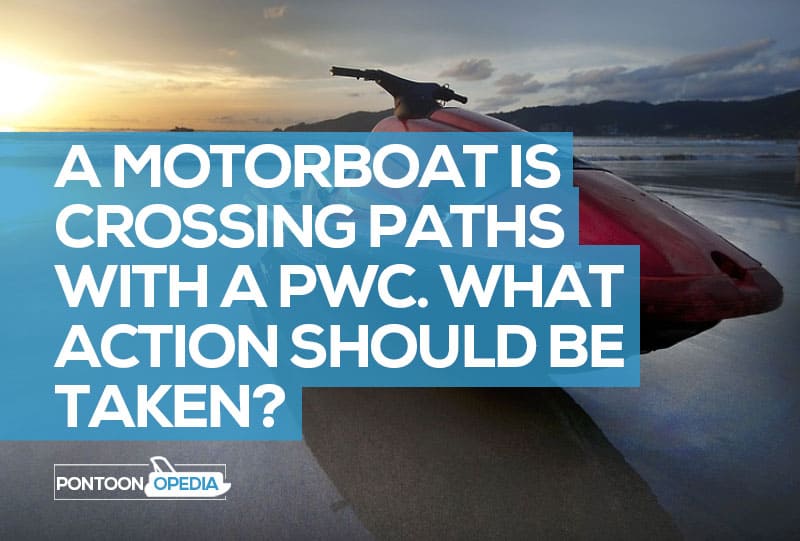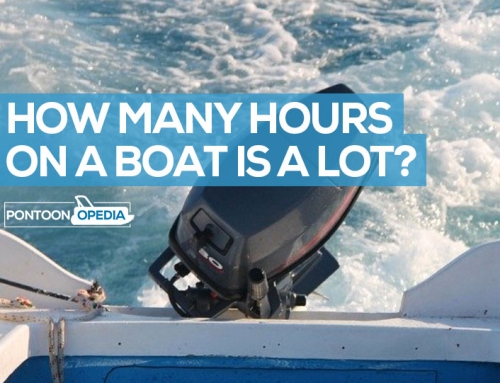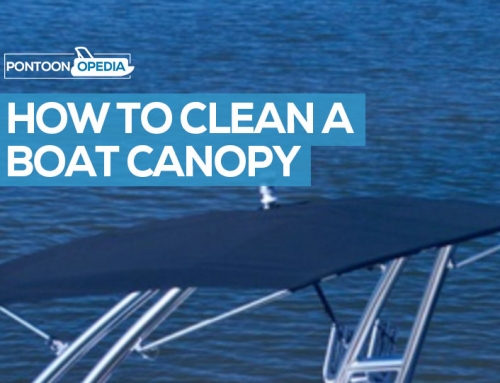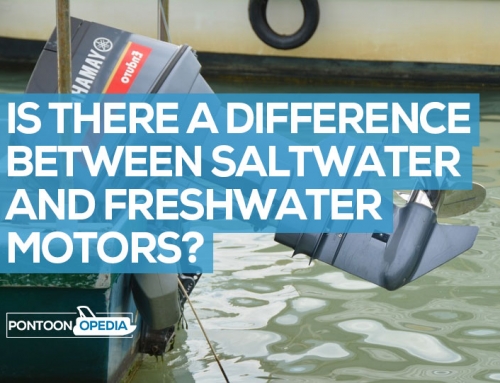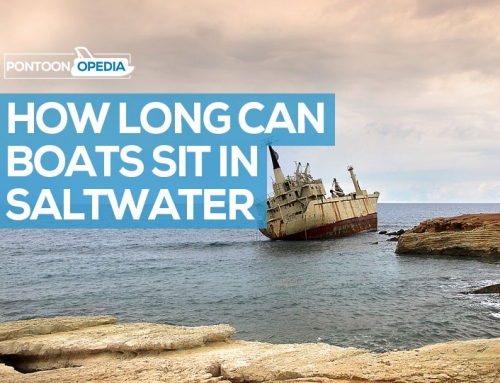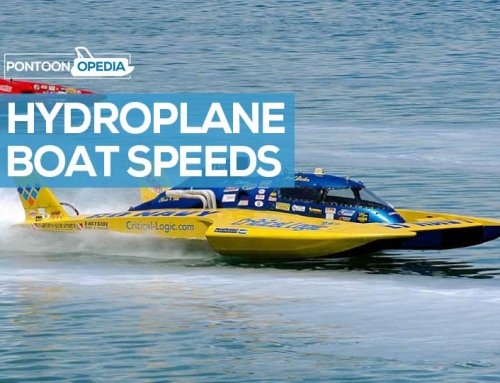One of the trickier questions or quizlets on those Boat Ed and boating exam multiple choice questions is if a motorboat is crossing paths with a PWC, then what action should be taken? Below you can see the short answer, followed by some more in-depth information on the subject topic.
The correct answer to the question on motorboats crossing paths with a PWC, and what action should be taken is that the vessel on the left (port) hand side should be the one to give way.
The possible answers you could give
- The motorboat should slow down and let the PWC pass because the PWC is smaller.
- The PWC should speed up and attempt to cross in front of the motorboat.
- The vessel on the port (left) should give way.
- The slower-moving vessel should give way.
Just like any other boat or vessel on the water that has power, a PWC has the same rules and regulations applied to it.
Just like a motorbike and a car have to follow the same rules on the road, a PWC such as a jet ski has to adhere to the boating regulations whilst being used on the water.
But, my experience of coming across a lot of PWC riders on the lakes local to me, is that they don’t always know, understand, or stick to the rules of the water set out by the US coast guard.
With that in mind, I will always give them a very wide berth when operating my pontoon boat near to them.

What action should be taken if a motorboat is crossing paths with a PWC.
The vessel crossing from the port side should always make way
Whilst the rules do specify that the vessel on the port should be the one to give way, safety should always come first.
Both operators, be it of a PWC or motorboat, have equal responsibility to avoid an accident, so if you need to take evasive action and not stick to this rule, you should do so.
Who has the right of way on the water?
Knowing the basics with regards to who has to do what when two boats approach each other is paramount water safety every captain should know. Here are some guidelines which you should understand off by heart.
- Stand-on craft:Boats that enjoy the right-of-way are known as “stand-on craft”. Stand-on craft is capable of maintaining speed and direction while approaching other vessels.
- Give-way craft:Boats not given a right-of-way are referred to as “give-way craft”. A give-way craft is required to take early, substantial measures so it can steer clear of the stand-on craft. They need to alter the speed and direction in order to avoid a collision.
Related questions
Here are some more commonly questions that people will often ask online regarding PWCs and jet skis.
Q: What is a PWC or personal watercraft?
PWCs are small pleasure crafts. They are powered by an inboard jet drive and are designed to be sitting, standing or kneeling, rather than sitting inside the boat. A common PWC would be a jet ski.
Q: Is a PWC considered to be a boat?
Whilst a PWC doesn’t look like a boat, they are still classified that way, and are considered to be boats. They are subject to exactly the same laws as a huge yacht would be and all boating licenses work in the same way.
Q: Can you ride a PWC at night?
Yes, you can ride a PWC or jet ski during night time hours, but you are legally required to have the correct navigational lights in place and turned on. However, riding a PWC at night isn’t recommended and they should only really be used during the day for safety reasons.
Q: Do you have to wear a life jacket or PFD on a PWC?
Yes, you do have to wear a personal flotation device or life jacket when operating a PWC or jet ski. The PFD must also be a coast guard-approved life jacket.
Q: What is legally required when operating a PWC?
As well as sticking to boating laws, those operating a personal watercraft (PWC) need to be wearing a personal flotation device (PFD) and if riding in the dark will need to have navigational lights.
Q: How far must a PWC stay away from another boat or PWC?
A PWC should stay at least 50 feet away from any other boat, PWC, or jet ski. That safe distance of 50 feet also applies to keeping away from people in the water, shorelines, and any stationary platforms in the water.
Q: A sailboat under sail is about to cross paths with a PWC. What action should be taken?
A: The PWC should change course and speed.
Q: If two boats are traveling on paths that will cross, what determines which boat is the give-way vessel?
A: How the two boats are propelled.
The last word…
I hope that you have found this information useful and it’s answered the question “a motorboat is crossing paths with a PWC. what action should be taken” for you, letting you submit the correct response.
The details and guidance in this article is not legal advice, but purely my personal interpretation of the current boating laws, personal experience, and what I have read on boating forums over the last few years.
If you are going to be operating a jet ski or PWC, then please do not cheat on your boating exams and make sure that you have a clear understanding on what the laws are before you get out onto the water.
Your safety, and that of other water users is paramount, and you are responsible to ensure you follow all rules and guidelines.

